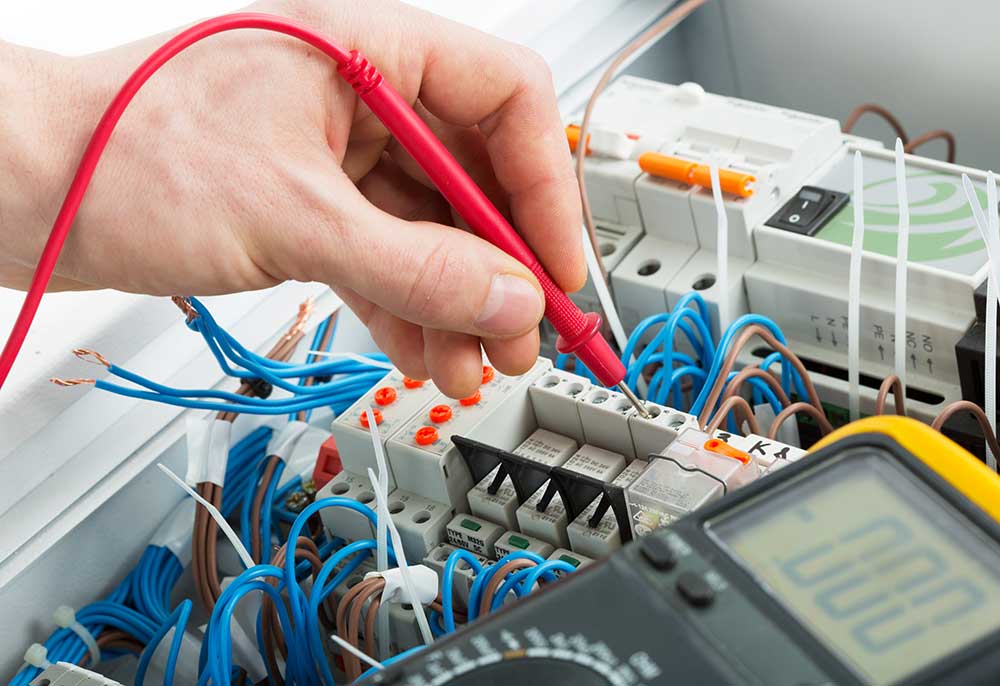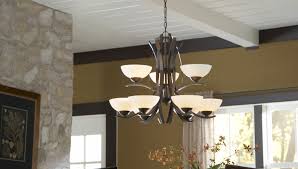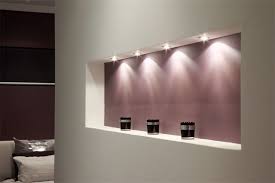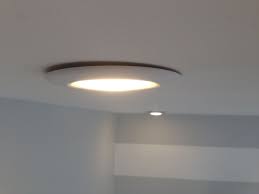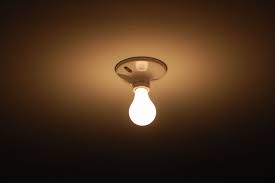What does an electrical engineer do?
Electrical engineering dates back to the late 19th century, and is one of the newer branches of engineering. The field of electronics was born with the invention of the thermionic valve diode vacuum tube in 1904 by John Ambrose Fleming, and was the foundation of all electronics, including radios, television and radar, until the mid-20th century.
Electrical engineering is concerned with the technology of electricity and specifically deals with electricity, electro-magnetism and electronics. It also covers power, control systems, telecommunications and signal processing.
An electrical engineer is someone who applies the physics and mathematics of electricity, electromagnetism and electronics to design and develop new electrical equipment and systems, to solve problems and to test equipment. The emergence of the modern age is noted by the introduction of electricity to homes, businesses and industry, all of which were made possible by electrical engineers.
Some of the most important pioneers in electrical engineering include Thomas Edison (electric light bulb), George Westinghouse (alternating current), Nikola Tesla (induction motor), Guglielmo Marconi (radio) and Philo T. Farnsworth (television). Innovative ideas and concepts were turned into practical devices and systems that paved the way to what we have and use today.
Present-day electrical engineers work on various projects, from designing household appliances to designing large-scale electrical telecommunication systems, electrical power stations and satellite communications systems.

Is Your Home’s Electrical Wiring In Need Of Updating
Your lights and appliances are working fine, so that means your wiring is too, right? Not so much. Seldom inspected after installation, the wiring in your home may need an update, especially if your home is more than 40 years old.
Why update wiring?
Installing sufficient wiring goes beyond safety. It also means enhancing your home’s functionality, reliability, and safety to keep up with today’s ever-increasing power needs. This applies not only to the installation of current electrical wiring, but wiring for your phone, Internet, cable, and more.
Waiting is a risk.
According to the NFPA (National Fire Prevention Association), faulty wiring is the leading cause for residential fires. The National Electric Code (NEC) updates electrical codes and standards for outlets and wiring every three years. Their mission is to keep up with technology designed to keep your home and family safe. Has the wiring in your home gotten any attention since the 2014 NEC code updates? Chances are it’s been far longer than that.
Older wiring
Aluminum wiring used in the 60s and 70s, non-metallic wiring installed in the 40s and 50s, and knob and tube wiring in pre-1930s homes are well-known safety hazards, as are loose connections and frayed wires resulting from wear-and-tear.
Two pronged, ungrounded outlets
These are an enormous safety hazard – for you and your electronics. Without proper grounding, electrical excesses have nowhere to go but into your devices – or you – even if you have a surge protector. Reduce shock risks by rapidly addressing this sign of wiring that is way behind the times.
Things to Consider Before Installing Rooftop Solar Panels
Across the United States, more and more people are starting to invest in solar power systems. They are outfitting their roofs with solar panels — and why not? Solar power technology has seen incredible advancements in recent years, many of which have helped to lower the cost of the equipment involved. Installing solar panels on your roof is also a wonderful way to generate electricity for your home and business, as well as the grid, without increasing your impact on the environment.
However, there are many things that you need to consider before you jump in and start the installation process. Understanding the different factors involved in a project like this is so important — taking a look at common solar panel myths is a good idea, too.
Does your roof need repairs?
Before you even consider installing solar panels, ask yourself, how old is my roof? If you know that you will need a new roof soon, or that a part of your roof is damaged, it probably isn’t the best idea to install solar panels. If you can, take care of any roof repairs before the installation. That way, you won’t need to pay extra to dismantle the work and then put it up again (in some cases for at least 20 years).
What is the shape of your roof?
Roofs come in many different shapes and sizes. Before you go ahead with any installation, make sure that your roof has enough space for the solar panels. If there isn’t enough room, you likely will not get the return you expect on your investment
Which direction do the slopes of your roof face?
Solar panels require specific placement in order to generate the maximum amount of power. Most professionals say that the best placement is to have the panels face south while others say west. Regardless, this information is important for you to determine before the installation starts.
Different Types of Wiring Systems and Methods of Electrical Wiring
What is Electrical Wiring?
Electrical Wiring is a process of connecting cables and wires to the related devices such as fuse, switches, sockets, lights, fans etc to the main distribution board is a specific structure to the utility pole for continues power supply.
Methods of Electrical Wiring Systems w.r.t Taking Connection
Wiring (a process of connecting various accessories for distribution of electrical energy from supplier’s meter board to home appliances such as lamps, fans and other domestic appliances is known as Electrical Wiring) can be done using two methods which are
Joint Box or Tee or Jointing System
In this method of wiring, connections to appliances are made through joints. These joints are made in joint boxes by means of suitable connectors or joints cutouts. This method of wiring doesn’t consume too much cables size.
You might think because this method of wiring doesn’t require too much cable it is therefore cheaper. It is of course but the money you saved from buying cables will be used in buying joint boxes, thus equation is balanced. This method is suitable for temporary installations and it is cheap
Loop-in or Looping System
This method of wiring is universally used in wiring. Lamps and other appliances are connected in parallel so that each of the appliances can be controlled individually. When a connection is required at a light or switch, the feed conductor is looped in by bringing it directly to the terminal and then carrying it forward again to the next point to be fed.
everything an electrician should know
Electricians do the best they can every day they go to work – and we want to leave a job safer than when we found it. But what if despite our best efforts, we actually made things worse without realising it? In this article, Paul Meenan seeks to answer this question!
Quick history
Historically, two basic types of earth-leakage circuit-breaker (ELCB) were recognised by BS 7671: what we know to be a current-operated type or residual current device (RCD) and the even older voltage-operated type. Today, only the current-operated type is recognised and used.
So, if we look back in time before the 17th Edition came out in 2008 (BS 7671:2008), the 16th Edition and previous editions, the more experienced (older) sparks will remember when ELCB devices were referred to by one of the following terms:
protection against indirect contact – now called fault protection
supplementary protection against direct contact – now called basic protection
protection against fire and thermal effects, and
additional protection.
What is an RCD?
They are devices installed within an electrical system unit to provide protection to the wiring, fixed appliances and persons using the installation. Protection is achieved by constantly monitoring the electric current flowing through one or more circuits that an RCD is used to protect. If it detects electricity flowing down an unintentional path, such as via a person or faulty appliance down to earth, then the RCD will switch off the circuit very quickly, reducing the risk or death, injury or fire.
The device monitors the ingoing and outgoing current flow and trips when an imbalance occurs as illustrated above.
RCDs are defined by three main characteristics:
the rating in amps
the rated residual operating current of the protective device in amps, known as the IΔn (pronounced ‘I delta N’), and
the instantaneous trip that occurs or an intentional time delay to permit discrimination*. Such devices are called ‘S’ or Special/Selective.

